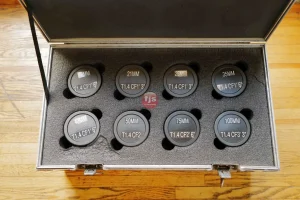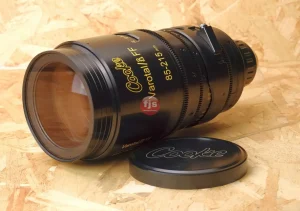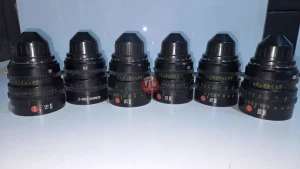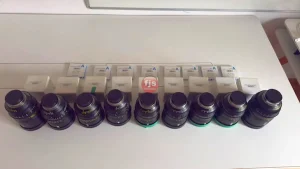Ultra-precision optical elements are used in a wide range of applications. They are critical to the performance and reliability of many devices. In this article, we will explore four different types of ultra-precision optical elements and their uses.
1: Dispersion Corrected Lens Elements
Dispersion corrected lens elements are used in optical fiber communication and telecommunications systems. They are essential for the proper transmission of information. Dispersion corrected lens elements use a mathematical model to correct for the effects of chromatic dispersion, which is the difference in the way light waves travel through different materials.
2: Barium Glass Lenses
Barium glass lenses are used in optical microscopy. They are also used in some laser systems and as a refractive index reference glass. Barium glass lenses have a high dispersion and low Abbe number, which makes them ideal for imaging objects that have a high surface brightness.
3: Zirconia Optical Fibers
Zirconia optical fibers are used in the telecommunications industry. They are the most advanced type of fiberoptic cable available, and they have a very low dispersion. This makes them ideal for transmitting high-quality images and video.
4: Diamond Element Coatings
Diamond element coatings are used in optical systems. They are a type of anti-reflection coating that helps to reduce the amount of reflected light. Diamond element coatings are especially important in optical computing and displays, where they improve the clarity and color accuracy of images.
5: Introduction to Dispersion Corrected Lens Elements
Dispersion corrected lens elements are used in optical fiber communication and telecommunications systems. They are essential for the proper transmission of information. Dispersion corrected lens elements use a mathematical model to correct for the effects of chromatic dispersion, which is the difference in the way light waves travel through differentmaterials.
The chromatic dispersion that is caused by the different colors of light waves interacting with each other is a major problem in optical fiber communication and telecommunications systems. Dispersion corrected lens elements use a mathematical model to correct for this dispersion. This model takes into account all of the different wavelengths of light that are present in an image, and it uses that information to adjust the focus of the lens elements.
Dispersion corrected lens elements are important for several reasons. First, they help to ensure accurate transmission of data over long distances.
6: What is Dispersion?
Dispersion is the difference in the way light waves travel through different materials. Dispersion occurs when the different colors of light waves interact with each other, and it can cause problems in optical fiber communication and telecommunications systems. Dispersion corrected lens elements use a mathematical model to correct for dispersion, and this helps to ensure accurate transmission of data over long distances.
7: How Does Dispersion Affect Optical Devices?
Dispersion can cause problems in a number of different areas of optical devices. For example, dispersion can cause blurry images and distorted colors in optical fiber communication and telecommunications systems. Dispersion corrected lens elements use a mathematical model to correct for dispersion, which helps to ensure accurate transmission of data over long distances.
8: Why Do We Need Dispersion Corrected Lens Elements?
Dispersion corrected lens elements are essential for the proper transmission of information in optical fiber communication and telecommunications systems. Dispersion Corrected Lens Elements use a mathematical model to correct for the effects of chromatic dispersion. Chromatic dispersion is the difference in the way light waves travel through different materials. Dispersion can cause problems in a number of different areas of optical devices, and dispersion corrected lens elements help to ensure accurate transmission of data over long distances.
9: Types of Dispersion Corrected Lens Elements
Dispersion corrected lens elements come in a number of different types. Some common types of dispersion corrected lens elements are refractive index lens elements and aspheric refractive index lens elements.
10: Coating Materials for Dispersion Corrected Lens Elements
Dispersion corrected lens elements are often coated with a special coating material. This coating material helps to ensure accurate transmission of data over long distances.
Conclusion: With so many different types of lens elements available, it can be difficult to choose the right one for your application. However







